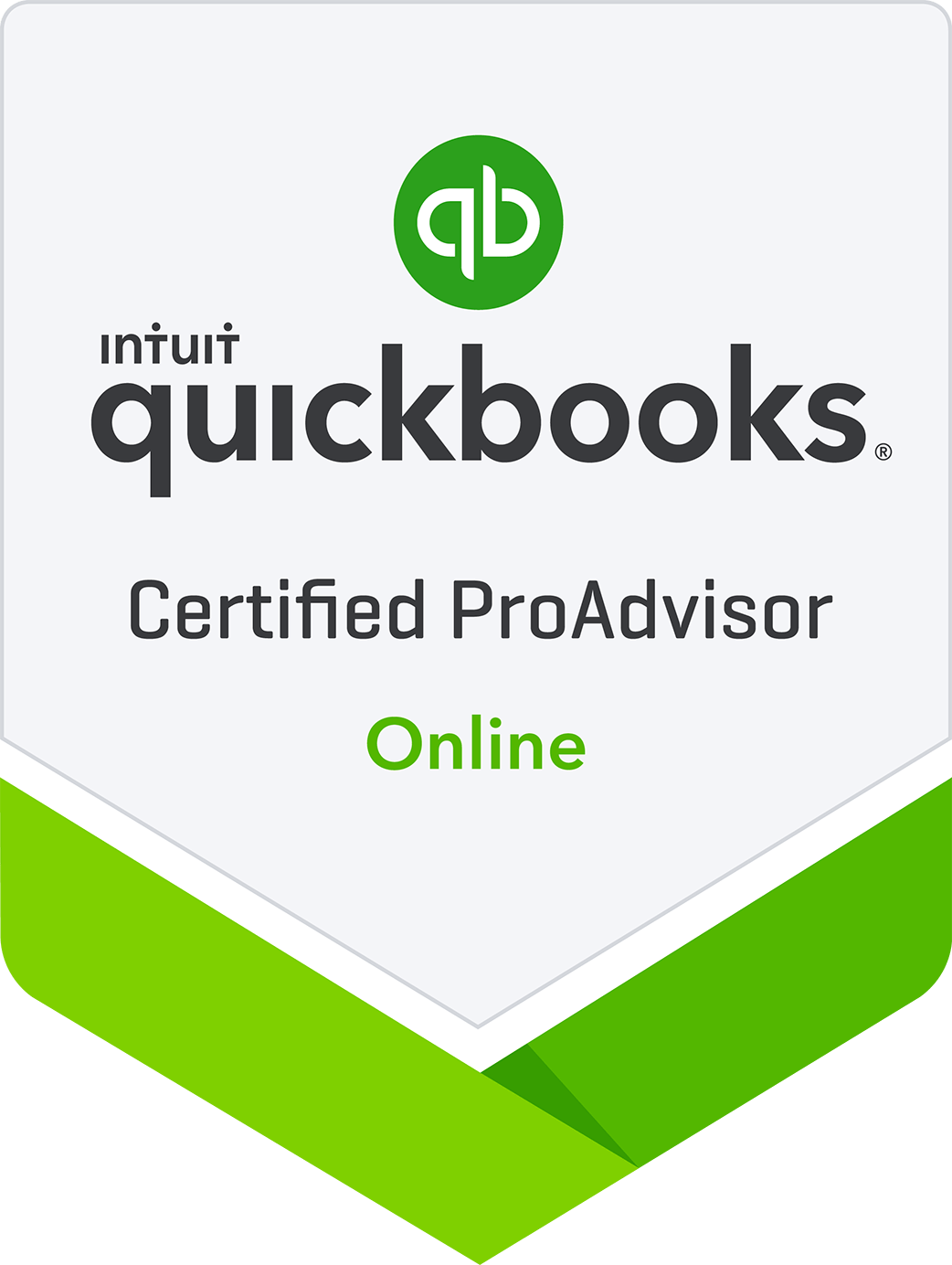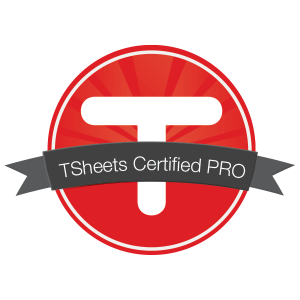There are a lot of deadlines that come with running a business. Missing some deadlines can have serious financial implications to the health of your business. Let’s take a look at how much you’ll save by being on time with the following deadlines.
Payroll
One of the toughest deadlines of all, making payroll, is essential to keeping employees happy. Making payroll tax deposits on time is even more crucial. You’ll save the following in penalties by staying on time with payroll deadlines:
- If you’re 1-5 days late with payroll tax deposits, the penalty is two percent of the payroll.
- If you’re 6-15 days late, you’ll pay five percent in penalties.
- If you’re more than 15 days late, the penalty goes up to 10 percent.
And that’s just the federal penalties, not your state penalties.
Income Taxes
Everyone knows about the April 15th deadline to file your taxes. Some people file an extension and have until October 15th. However, we need to remember that the best estimate of your tax liability needs to be paid by April 15th even if an extension is granted. Failure to correctly estimate and pay income taxes leads to a penalty that is calculated by multiplying the number of days the tax is late by the effective interest rate.
Paying Vendors
If we’re slow to make our accounts payable payments, our vendors may tack on a penalty, but the larger consequence is the effect on our credit score.
Business Goals
It’s so easy to let internal deadlines slide, but they may be the most important of them all. To move your business forward, set goals with deadlines so that you can measure your results.
Mastering Deadlines
Here are a couple of tips to master your deadlines so you can avoid the above consequences:
- Keep a list of deadlines, or hire someone to help you with them.
- Make a mental commitment to yourself that the deadline is important to your business.
- Set aside the time you need to prepare for the deadline. Block time on your calendar and stick to it.
- Remind yourself of the consequences of missing the deadline.
- Try not to overcommit. Delegate other tasks when possible.
- If possible, automate or systematize the processes around the deadline so that it’s met automatically.
- Stay up late if you have to in order to meet your deadline.
- Celebrate when you meet your deadline!



 Want a free consultation with us? Give us a call or send us an email to claim your complimentary consulting session.
Want a free consultation with us? Give us a call or send us an email to claim your complimentary consulting session.




